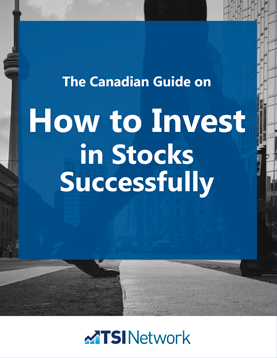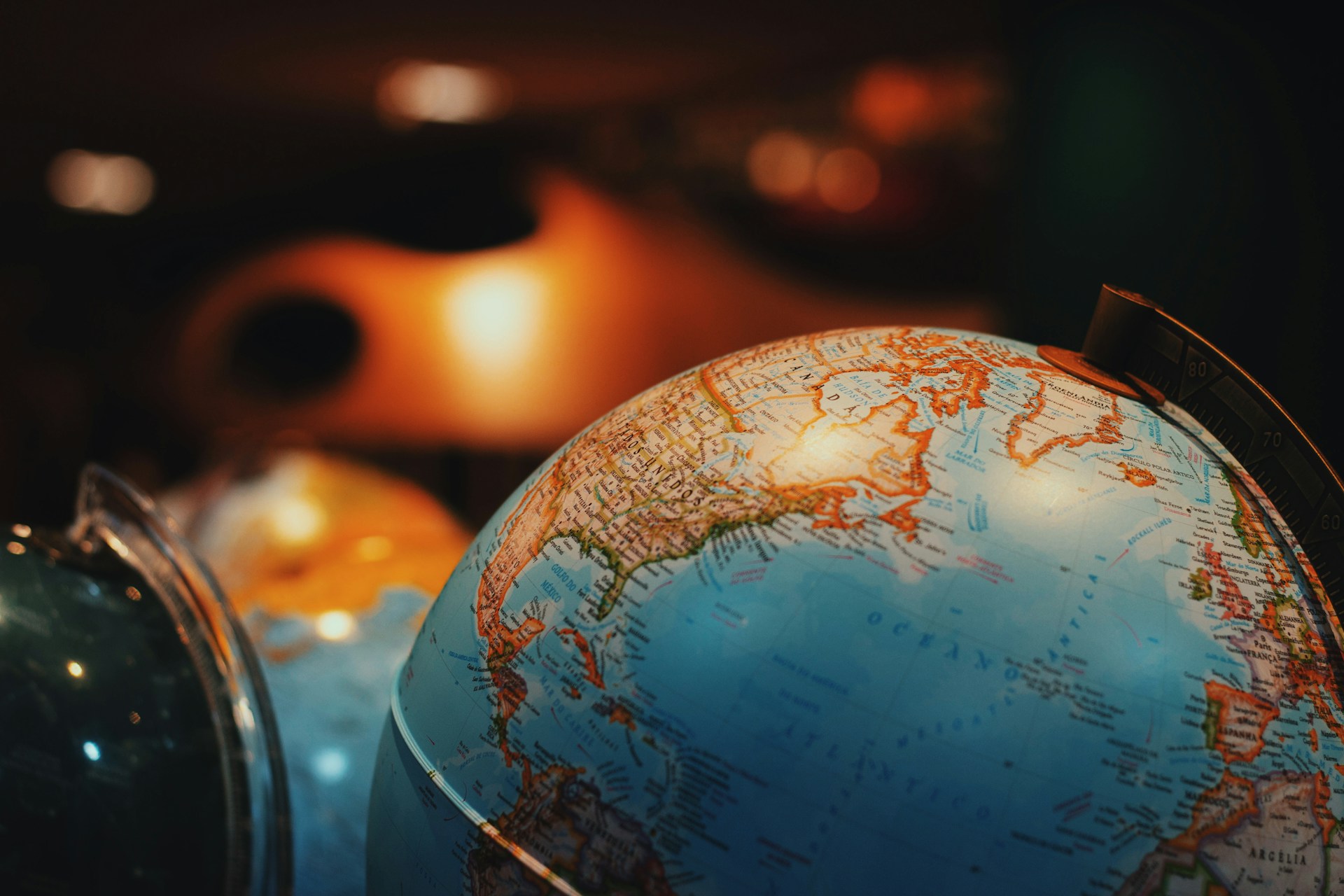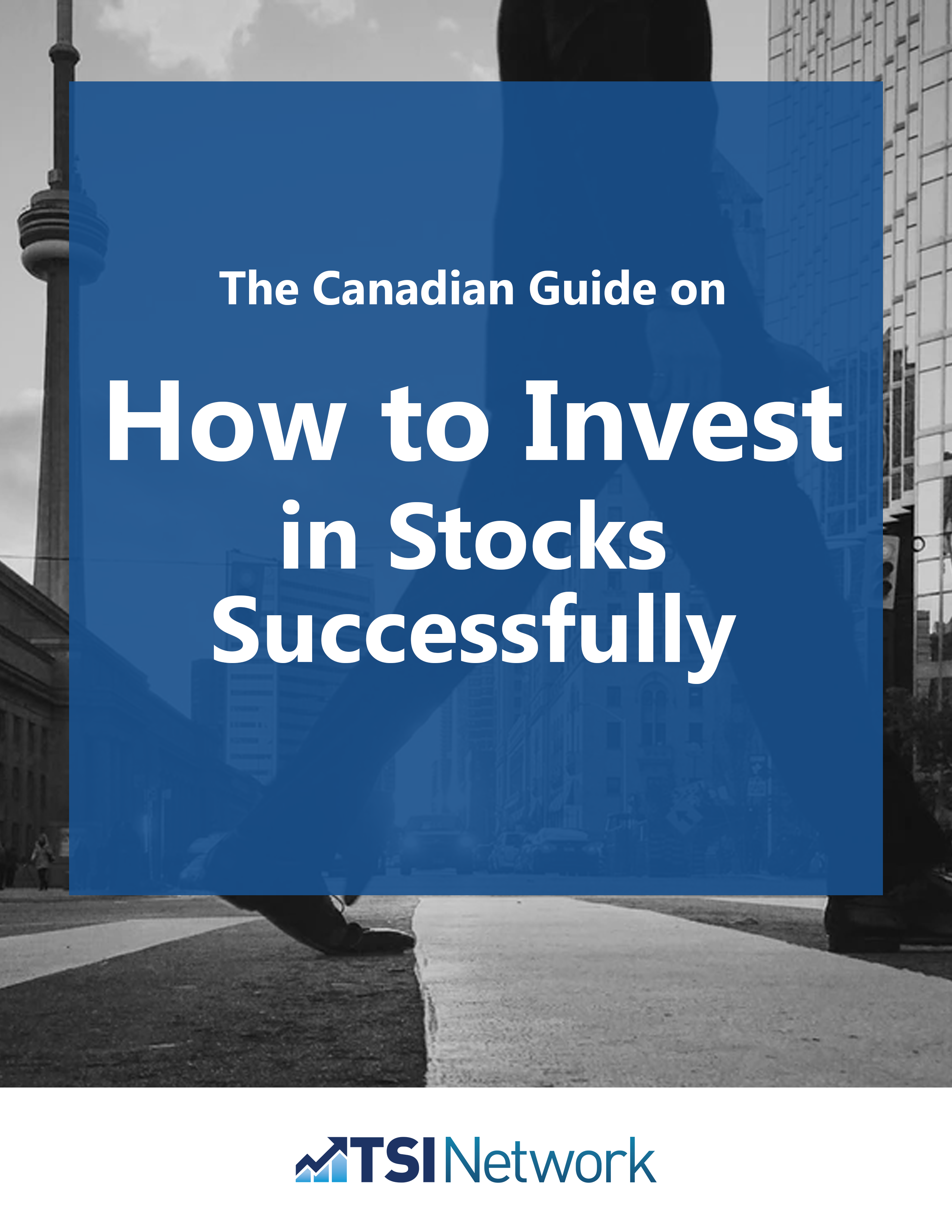Topic: How To Invest
Here’s a Look at China’s Prospects and its Implications for Investors
China’s ambitions for regional or global domination, and its impact on global investors through trade growth, military threats in the South China Sea, plus the long-threatened Taiwan takeover
Lately we’ve been talking about investor worries–and here’s one that we feel has passed its best-before date. In fact, events in Ukraine may make Chinese Communist leader Xi Jinping feel like the proverbial World Trade Center worker who missed the last train into Manhattan on 9/11. By keeping his distance from Russia during its failed Ukraine blitz, China managed to hang on to some U.S. and international goodwill.
A decade or two ago, when the media had dropped the “Communist” label, many people felt a sympathy and kinship for China and its people. They were descendants of an ancient civilization, far older than ours. They were going through a demanding period but were on their way to western-style democracy.
 How Successful Investors Get RICHLearn everything you need to know in 'The Canadian Guide on How to Invest in Stocks Successfully' for FREE from The Successful Investor. How to Invest In Stocks Guide: Find 10 factors that make your investments safer and stronger. |
That good feeling has worn off. The best we can say now is that the CCP (Chinese Communist Party) compares well to the Soviet Communist Party at its most brutal, and Xi Jinping is a peach of a guy compared to Joseph Stalin.
Still, lots of CCP propaganda lives on. Some observers talk as if China’s current downturn is just a glitch in the period of economic growth it began in the 1980s. They still assume that China remains on the economic upswing that will take it to par and beyond with the U.S.
More likely, China’s economy under the CCP has caught its first glimpse of the economic train wreck that eventually hobbles growth and living standards of all communist regimes.
One commonplace line about China is that its economy is struggling to recover from three years of COVID-19 restrictions. However, China’s youth unemployment rate just hit a new high of 21.3%. Its economic growth slowed to 0.8% in the 2023 second quarter this year, less than half the rate of 2.2% in the January-March period.
These figures are based on official data. The true numbers may be worse.
Demographic crises clearly lie ahead for many countries, due to globalization. Since the end of World War II, the growth of factory jobs in low-income countries led to mass movements by farm workers from the countryside to the cities. In the countryside, children are an investment; they don’t eat much, and they help with the farm work. In the cities, children are an expense. Around the world, when people leave the countryside and move to better-paid jobs in the city, they give birth to fewer children.
However, CCP edicts made things much worse than in other countries that let population trends run their course.
The Chinese population rose from 540 million in 1949 to 969 million in 1980. Fearing that this growth would lead to food shortages and deaths from famine, the Chinese government under Deng Xiaoping enacted its one-child program, which remained in force from 1980 until 2016.
This program limited most couples to one child. For years, the CCP claimed the policy was a key contributor to the country’s economic boom. Violators faced fines, loss of jobs and forced abortions. The CCP ended the policy when it figured out that it would exacerbate today’s foreseeable demographic crisis.
China, like many nations around the world, is now doomed to a future where it has too few working taxpayers to support the aged and retired. Too few young families mean there is little demand for houses, children’s clothing and so on. The lack of local demand for this production undermines China’s economic growth more than it does most other countries, since China depends more on manufacturing and exports.
A shortage of young people limits China’s ability to raise an army and carry out its dream of an invasion of Taiwan. Trade restrictions by the U.S. and other western countries have also made a Taiwan takeover less appealing.
Up till last year, Taiwan has been the world’s biggest manufacturer of semiconductors. But it depended on imported semiconductor designs, plus foreign semiconductor experts, to manufacture its most advanced semiconductors. Last year, the U.S. gave U.S. citizens working with unlicensed Chinese producers of semiconductors an ultimatum: leave or lose your U.S. citizenship. Virtually all U.S. citizens chose to leave. Soon after, the Japanese and Dutch governments followed the U.S. lead.
These three countries saw no reason to help an aggressive communist power build its economy, not to mention its military.
Last August, China nearly threatened war when Nancy Pelosi, then-speaker of the U.S. House of Representatives, made a semi-surprise visit to Taiwan. China announced live-fire military drills soon after the Pelosi plane landed. During the Pelosi visit, China carried out exercises involving its warplanes, navy ships and missile strikes in six zones surrounding Taiwan, as little as 20 kilometres off the Taiwan coast. China described the drills as punishment for the U.S., for “allowing” Pelosi’s visit.
China has long claimed that Taiwan is Chinese territory and will ultimately become part of China once again, peaceably or otherwise. But Taiwan islanders overwhelmingly support their de facto independence. They have been training for half a century to repulse an invasion.
In May this year, when the U.S. and Taiwan announced they had reached the beginnings of a trade agreement, the CCP seemed offended rather than outraged. The funny thing is that the Pelosi visit was little more than a diplomatic social call. In contrast, the U.S.-Taiwan deal was more like the opening step in a future free-trade deal.
The U.S. and Taiwan called their agreement the first part in their “21st Century” trade initiative, covering customs and border procedures, regulatory practices, and small business.
China put on a low-key version of its “Wolf-Warrior” diplomacy about the agreement, of course. But it didn’t put on any shows of military might. Perhaps as a quid pro quo, a U.S. diplomat replied that the U.S. does not support “independence” for Taiwan.
However, Washington continues to be a major arms supplier to Taiwan. President Biden has said several times that the U.S. would defend Taiwan if China were to launch an invasion.
Nobody can predict the course of developments like this, of course, and it’s worrisome to global investors. My sense is that the CCP has worked and schemed for decades to reach its current high level of world status and economic achievement. It knows that it stands to lose much more than it can gain in confronting the U.S. at this moment in history.
The CCP’s seeming swing toward moderation appeared in a lot of China news coverage in the second half of July. The Wall Street Journal wrote,
“Beijing Rushes to Shore Up Battered Private Economy. Skepticism Abounds.” “China’s leadership is lavishing the country’s beleaguered private sector with a sweeping show of support…but grand declarations and rhetoric alone won’t suffice, say economists and investors.”
“Beijing’s outreach to the private sector—a segment that contributes about 60% of China’s total output and 80% of urban employment—comes as growth in the world’s second-largest economy is slowing down on multiple fronts. It also marks a reprieve from the previous three years, in which Chinese officials decimated industries including after-school education and property with a series of regulatory crackdowns and strict limits.”
The article ended with a quote from an unnamed partner in a Beijing-based, technology focused private-equity firm. He said the CCP’s recent pledge to support the private sector sent a positive message to investors, but it hasn’t reassured him.
“The long-term performance of the market can’t simply be governed by a couple policy documents,” he said.
In the 1920s, the Bolsheviks loosened up on controls they brought in with the Russian revolution. Rather than lasting liberalization, however, this reprieve just brought small and temporary improvements. Meanwhile, the Communist government planned a coming clampdown. It took note of who was grateful for the relief, while identifying troublemakers who would be dealt with at a time of the regime’s choosing.
This is common in the history of dictatorships, especially the communist variety: temporary periods of loosening up, lasting only till the next crackdown.
Whatever worries investors face, we still think the best way to build a portfolio to give you the maximum returns with the least amount of risk, is to focus on using our three-part Successful Investor approach:
- Invest mainly in well-established, dividend-paying companies, with a history of rising sales if not earnings and dividends.
- Spread your money out across most if not all of the five main economic sectors: Manufacturing & Industry; Resources & Commodities; Consumer; Finance; Utilities.
- Downplay or avoid stocks in the broker/media limelight.
What’s your take on this China situation? Leave a comment below.



